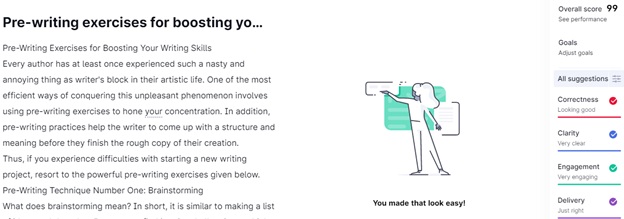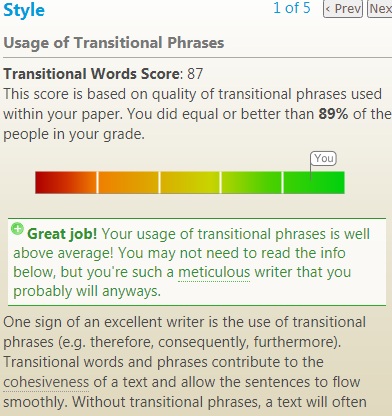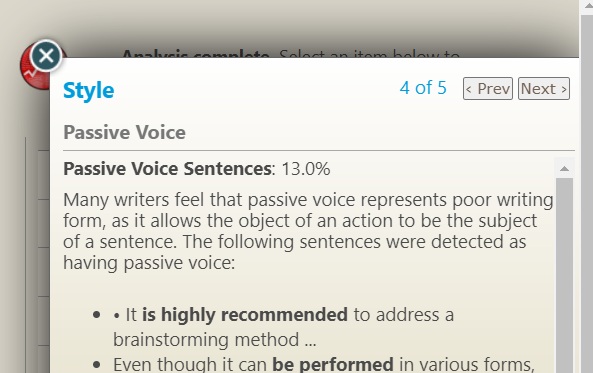Every author has at least once experienced such a nasty and annoying thing as writer’s block in their artistic life. Writers of Sharpessay think that the most efficient method of conquering this unpleasant phenomenon is pre-writing exercises to hone your concentration. Besides, pre-writing practices help the writer develop a structure and meaning before they finish the rough copy of their creation.
Thus, if you experience difficulties with starting a new writing project, resort to the powerful pre-writing techniques given below.
Pre-Writing Technique Number One: Brainstorming
What does brainstorming mean? In short, it is similar to making a list of ideas and thoughts. In case you find it quite challenging to think up an ideal theme for your literary work, jot down every thought coming to your mind. Yet, make sure to avoid evaluating them; write down even the not-so-good ideas until you have a long list of prospective subjects on your hands.
Brainstorming: Main Points
- It is highly recommended to address a brainstorming method upon communicating with others.
- During your participation in a conversation, try writing down some thoughts, even if they seem not fully formulated.
- When working on a creative project at work or university, group brainstorming may be the best method to interact with your colleagues and classmates. It ensures that their ideas make sense.
Besides that, this pre-writing exercise comes in handy when you wish to find out what your fundamental interests are. Even though it can be performed in various forms, brainstorming cannot exist without interaction. Quite often, during long conversations with our friends and co-workers, their words evoke memories and feelings in us. This later can be transformed into unique ideas for writing.
Thus, you can establish a discussion concerning the subject matter of your future academic paper. Converse it with fellow students or your best friend. Simultaneously taking notes in your notebook or typing them out on your laptop. Continue to communicate until you realize that you have enough material to use.
One More Way To Brainstorm
The next option is to read any writing piece on a similar subject and put down all the ideas that pop into your head while reading. The emerging thoughts don’t necessarily have to do something with the material you are getting familiar with. Imagine that you “cooperate” with the book the same way you talk to a real-life interlocutor.
After the brainstorming exercise has reaped you off a whole host of brilliant ideas. You may select several most fascinating ones of them to go on. Be sure to memorize these concepts. Bring them along as you apply other pre-writing techniques to improve your writing abilities. Probably, the most vital point to bear in mind when applying the following technique is that there is hardly any idea that can be truly considered a bad one. It implies that this pre-writing method won’t provide an impeccable solution to your creative crisis. Instead, it is all about analyzing your essay’s subject on numerous levels and discovering the most exciting approach to it.
Pre-Writing Technique Number Two: Freewriting
All writing enthusiasts who have been struck by a creative crisis in their life are well aware of that discouraging sensation. It comes from realizing what exactly you wish to tell about but failing to find the right words and phrases. That is where freewriting exercise comes into play. Its essence is easy to understand. You write without worrying about the quality of your writing (in terms of notional value, of course, not literacy). In brief, such a pre-writing practice will help you get back into a natural flow that is the creation process.
Freewriting: Main Points
- It is vital to write without editing anything, as you need to get back on track.
- Freewriting is also a helpful pre-writing exercise to help the writer ponder their written work’s various directions.
Authors of engineering assignment writing service regard this technique as one of the most efficient tools to enhance your writing competence. Thus, freewriting will be especially useful if your tutor has assigned a rather general paper topic to you. And you have zero ideas on what to write. Hence, grab a pen and a piece of paper or create a new document on your PC and set a specific period. During this period, you will “free write.” Begin composing something on the designated theme, taking down ideas as they cross your mind. Remember not to revise or correct anything; simply write until the time is up. The whole purpose of such a skill-boosting method is to let the concepts develop almost unconsciously.
Pre-Writing Technique Number Three: Clustering
Let’s say you have been appointed a complex essay task with no less intricate subject. Undeniably, some beginner writers have trouble splitting a large subject into small subtopics. In such a case, they might resort to the clustering technique. The latter represents a method when you jot down a rather broad idea/theme, subsequently drawing a conceptual diagram (or a map), on which you have to write smaller ideas regarding the central theme.
Clustering: Main Points
- The following practice is the impressively efficient when the subject you need to work on is too “extensive.” Therefore, you can select one “cluster” or subtopic instead of developing the general subject matter.
- To create a conceptual map (or a diagram), put your main topic in the center of an electronic document’s page (a piece of paper). After that, draw smaller diagrams with subtopics that have come to your head.
For instance, you are composing coursework, the essence of which is to endow your peers with detailed instructions on how to carry out a task. In case you have selected a somewhat “wide-ranging” subject, like “cooking,” it will be too hard for you to offer an accurate explanation of such an activity. It is because there are loads of information on this subject. Accordingly, you need to pick a smaller task connected to cooking. As a result, every aspect you put down associated with “cooking” represents a smaller task much easier for you to describe.
All in all, the pros of the Take my online test for me service underline that the described pre-writing method’s goal is quite similar to that of the previous one. Namely, to think up an array of different options. Once you have done “clustering,” feel free to choose which variants are the most suitable for your written task. Remember not to withhold your thoughts when creating a conceptual map/diagram – jot down anything you believe is linked to your subject matter and wait for ideas to fly to you!


